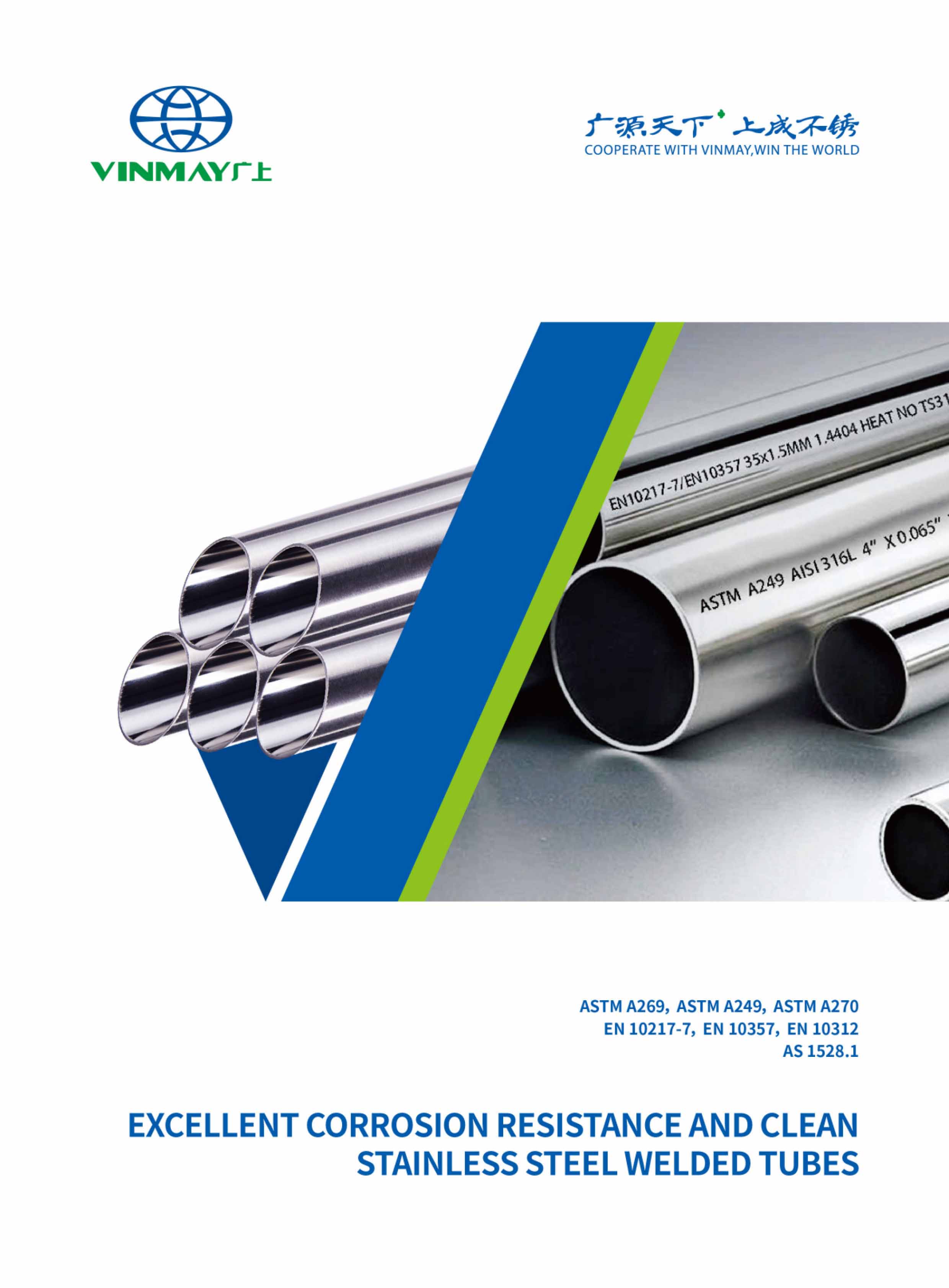Stainless steel pipes, despite their corrosion-resistant properties, are not immune to rusting under certain conditions. Understanding the factors that contribute to this deterioration, such as mechanical abrasion and environmental exposure, is critical for effective prevention. Implementing strategies like regular inspections, the application of rust inhibitors, and maintaining optimal storage conditions can significantly extend the lifespan of these pipes. However, the choice of cleaning agents and their effects on stainless steel warrant careful consideration. Exploring the most effective methods could reveal insights crucial for maintaining the integrity of stainless steel systems.
Stainless steel pipe rusting can be attributed to several factors, including mechanical abrasion that compromises its protective oxide layer, the accumulation of deposits and moisture that create conducive environments for corrosion, and the inherent chemical properties of the alloy itself.
Each of these elements plays a critical role in the degradation of stainless steel's corrosion resistance.
Understanding these mechanisms is essential for implementing effective prevention strategies.
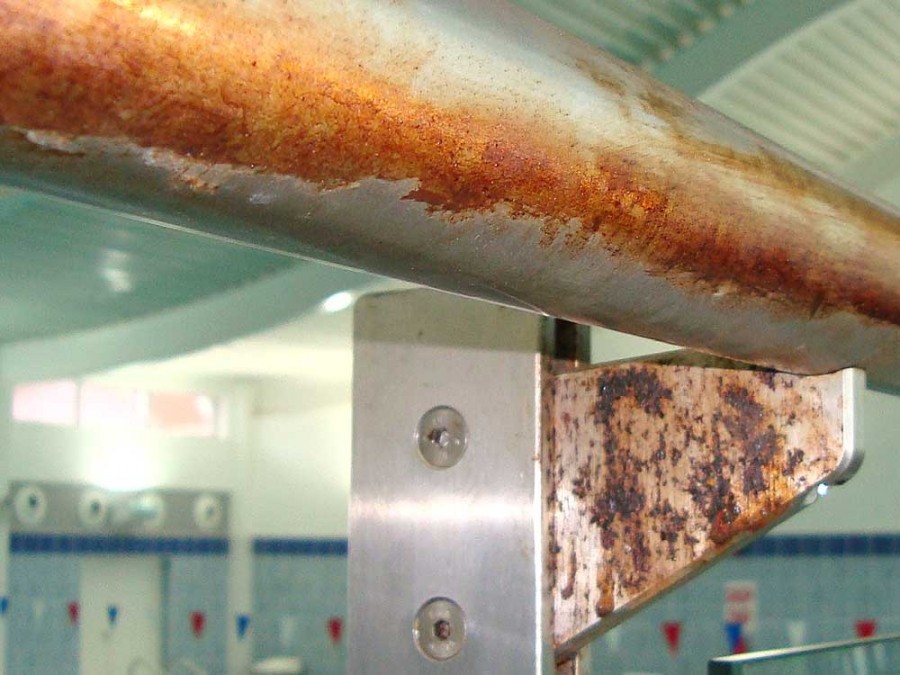
Mechanical abrasion can compromise the passive oxide layer on stainless steel, exposing the underlying metal to environmental elements that facilitate rust formation. This phenomenon often occurs due to mechanical wear from regular handling, movement, or contact with abrasive materials. Surface scratches introduced during these processes can disrupt the protective barriers that stainless steel naturally possesses, leading to localized corrosion.
Abrasive cleaning methods, while effective for removing contaminants, can inadvertently exacerbate this issue. The removal of the oxide layer through harsh scrubbing or the use of gritty cleaning agents diminishes the coating durability of the stainless steel surface. Once this layer is compromised, the exposed metal becomes vulnerable to moisture and corrosive agents, significantly increasing the risk of rust.
To mitigate the effects of mechanical abrasion, it is essential to adopt gentler cleaning techniques, use protective coatings, and implement proper handling practices. By prioritizing these strategies, we can prolong the lifespan of stainless steel pipe components and maintain their aesthetic and functional integrity.
Understanding the implications of mechanical abrasion is vital for anyone invested in preserving the quality of stainless steel installations and products.
The presence of deposits and water on stainless steel pipe surfaces can significantly contribute to the initiation of rusting, particularly when these elements interfere with the protective oxide layer formed on the metal.
Water quality plays a pivotal role in this process; contaminants such as chlorides and sulfates in low-quality water can exacerbate corrosion.
Mineral deposits, which often accumulate due to evaporation or inadequate drainage, create localized environments that can trap moisture and hinder the natural self-healing properties of stainless steel.
Understanding the impact of environmental factors is crucial for effective corrosion prevention.
Regular maintenance practices, including thorough cleaning and prompt removal of any deposits, are essential to uphold the integrity of stainless steel.
Moreover, selecting appropriate protective coatings or finishes can mitigate the adverse effects of water and deposits.
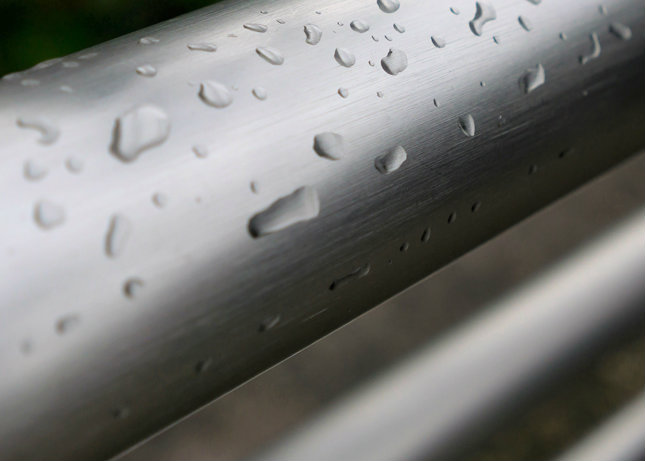
The corrosion resistance of stainless steel is compromised by exposure to specific chemical substances such as fluorine, chlorine, iodine, alcohol, and ammonia.
These agents can disrupt the protective chromium oxide layer, leading to pitting and rust formation.
Understanding the interactions between these chemicals and stainless steel is essential for preventing rust and ensuring material longevity.
Fluorine, a highly reactive halogen, can significantly impact the corrosion resistance of stainless steel by forming complex interactions with its alloying elements.
The presence of Fluorine compounds can enhance Fluorine resistance, but it may also lead to Fluorine corrosion under certain conditions.
Employing Fluorine coatings can mitigate these adverse effects, ensuring improved durability and longevity of stainless steel in various environments, thus promoting reliable performance.
Chlorine, a potent oxidizing agent, poses a significant risk to the integrity of stainless steel, as it can initiate localized corrosion through the formation of corrosive chlorides.
Chlorine exposure from various sources, such as pool disinfectants or industrial processes, can elevate chlorine levels, exacerbating corrosion effects.
Utilizing chlorine alternatives can mitigate these risks, preserving stainless steel's durability and functionality in diverse applications.
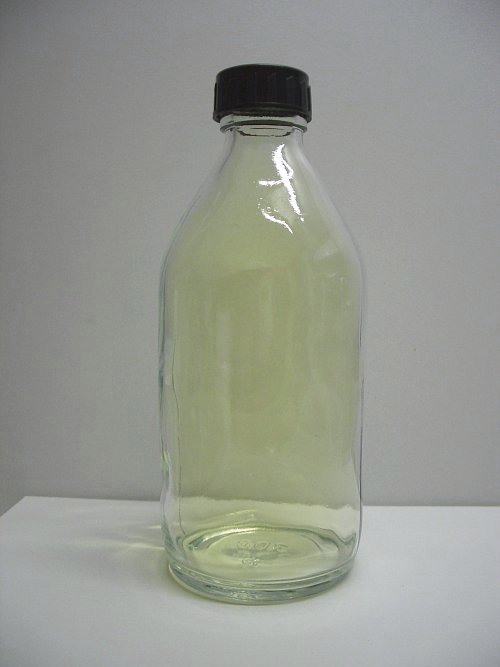
Iodine, while less commonly associated with corrosion in stainless steel, can still contribute to rusting under specific conditions due to its potential to form corrosive compounds that compromise the protective oxide layer.
The iodine properties enable various applications, but its reactions in iodine solutions can lead to detrimental iodine compounds, which may accelerate corrosion.
This highlights the need for careful management in environments containing iodine.
Alcohol, particularly in the presence of moisture, can contribute to the corrosion of stainless steel by disrupting the protective oxide layer and promoting localized pitting and rust formation.
Ammonia, when in contact with stainless steel, can compromise the alloy's resistance to corrosion by reacting with its surface and potentially leading to the formation of rust in the presence of moisture.
The ammonia effects are particularly pronounced at higher ammonia concentrations.
To mitigate risks, consider ammonia alternatives that maintain safety and effectiveness in various applications without jeopardizing the integrity of stainless steel.
Preventing rust on stainless steel pipes requires a multifaceted approach that includes regular maintenance and environmental management.
Key strategies involve maintaining clean and dry surfaces, applying protective coatings, and conducting routine inspections.
Additionally, utilizing rust inhibitors and monitoring environmental conditions can significantly enhance the longevity and integrity of stainless steel pipes.
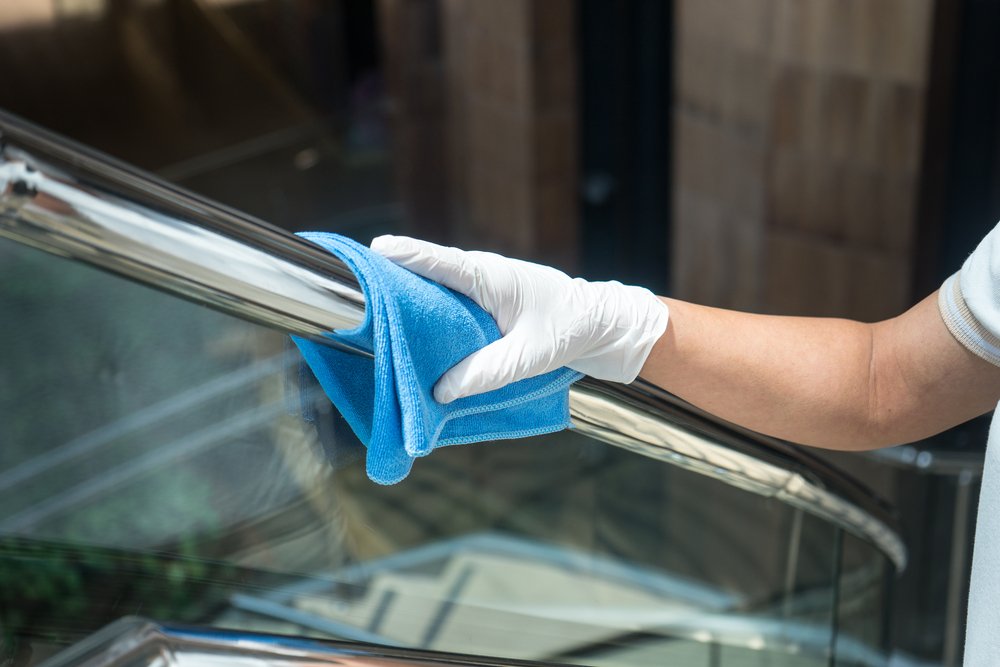
To effectively prevent rust on stainless steel pipes, maintaining clean and dry surfaces is essential.
Utilizing appropriate cleaning tools and techniques, alongside the use of suitable alkaline or non-chloride-containing cleaners, can significantly enhance the longevity of the material.
Regularly ensuring that surfaces are devoid of moisture further mitigates the risk of corrosion.
Utilizing the appropriate cleaning tools and techniques is essential for maintaining the integrity of stainless steel pipes and preventing the onset of rust. A consistent maintenance routine enhances surface protection through:
Proper tools selection (e.g., non-abrasive cloths)
Effective cleaning techniques (e.g., gentle circular motions)
Regular polish application
Timely inspections for wear and damage
These practices ensure long-lasting performance and aesthetic appeal.Maintaining a clean and dry surface on stainless steel pipes is crucial for minimizing the risk of rust formation and ensuring optimal performance over time.
Regular equipment maintenance, employing effective cleaning techniques, and implementing protective measures are essential for rust prevention.
Alkaline, alkaline chlorinated, or non-chloride-containing cleaners are essential for effectively removing contaminants from stainless steel pipes without compromising their protective oxide layer, thereby reducing the likelihood of rust formation.
Alkaline cleaning benefits: Enhances surface integrity.
Chlorinated cleaner risks: Can lead to pitting.
Non-chloride alternatives: Safer for long-term use.
Effective cleaning techniques: Regular maintenance frequency suggestions ensure optimal performance.Keep the Pipes Dry
To effectively prevent rust on stainless steel pipes, it is crucial to ensure that surfaces are cleaned and dried regularly, as moisture can compromise the protective oxide layer and promote corrosion.
Implementing moisture control measures, such as effective pipe insulation, ventilation systems, and drainage solutions, coupled with appropriate surface treatment, will significantly enhance the durability and longevity of stainless steel pipes in various environments.
You may also like:
How to Clean Stainless Steel Pipes
Applying a protective coating to stainless steel pipes is essential for preventing rust and enhancing longevity.
Various options, including metal paint, epoxy, and galvanized metal, offer distinct advantages depending on the application environment.
Additionally, insulating pipes can further mitigate moisture accumulation, thereby reducing the risk of corrosion.
Utilizing a high-quality metal paint specifically designed for stainless steel can significantly enhance the protective barrier against rust formation on pipes.
Consider the following factors for optimal application:
Metal Paint Types: Select paints formulated for corrosion resistance.
Surface Preparation: Thoroughly clean and degrease the surface before application.
Application Techniques: Follow the manufacturer's guidelines for best results.
Maintenance Tips: Regularly inspect and touch up any worn areas.
Epoxy:In addition to metal paint, applying an epoxy coating can provide a robust protective layer that significantly reduces the risk of rust development on stainless steel pipes.
Various epoxy types offer distinct benefits, including enhanced durability and resistance to environmental factors.
While epoxy applications require careful preparation and maintenance, the long-term advantages outweigh the initial investment, ensuring optimal performance and longevity.
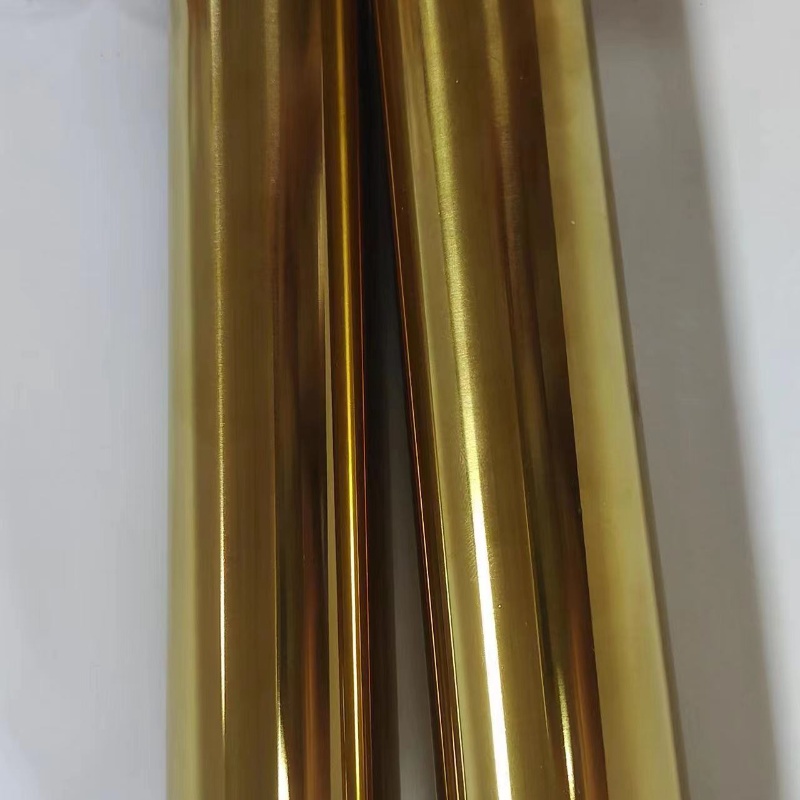
A protective coating is essential for preventing rust on stainless steel pipes, as it serves as a barrier against corrosive elements and environmental exposure.
Effective strategies include:
Applying galvanized coatings for enhanced corrosion resistance.
Utilizing high-quality protective finishes.
Implementing regular maintenance techniques.
Monitoring environmental conditions affecting metal longevity.
These measures collectively contribute to maximizing the lifespan and integrity of stainless steel installations.
Insulating pipes effectively reduces the risk of rust on stainless steel by minimizing temperature fluctuations and moisture exposure, thereby complementing protective coatings.
Utilizing advanced insulation materials, such as pipe wraps with moisture barriers, enhances thermal expansion control and improves energy efficiency.
This strategic approach not only safeguards the integrity of the pipes but also fosters a sense of community commitment to sustainable practices in maintenance and operation.
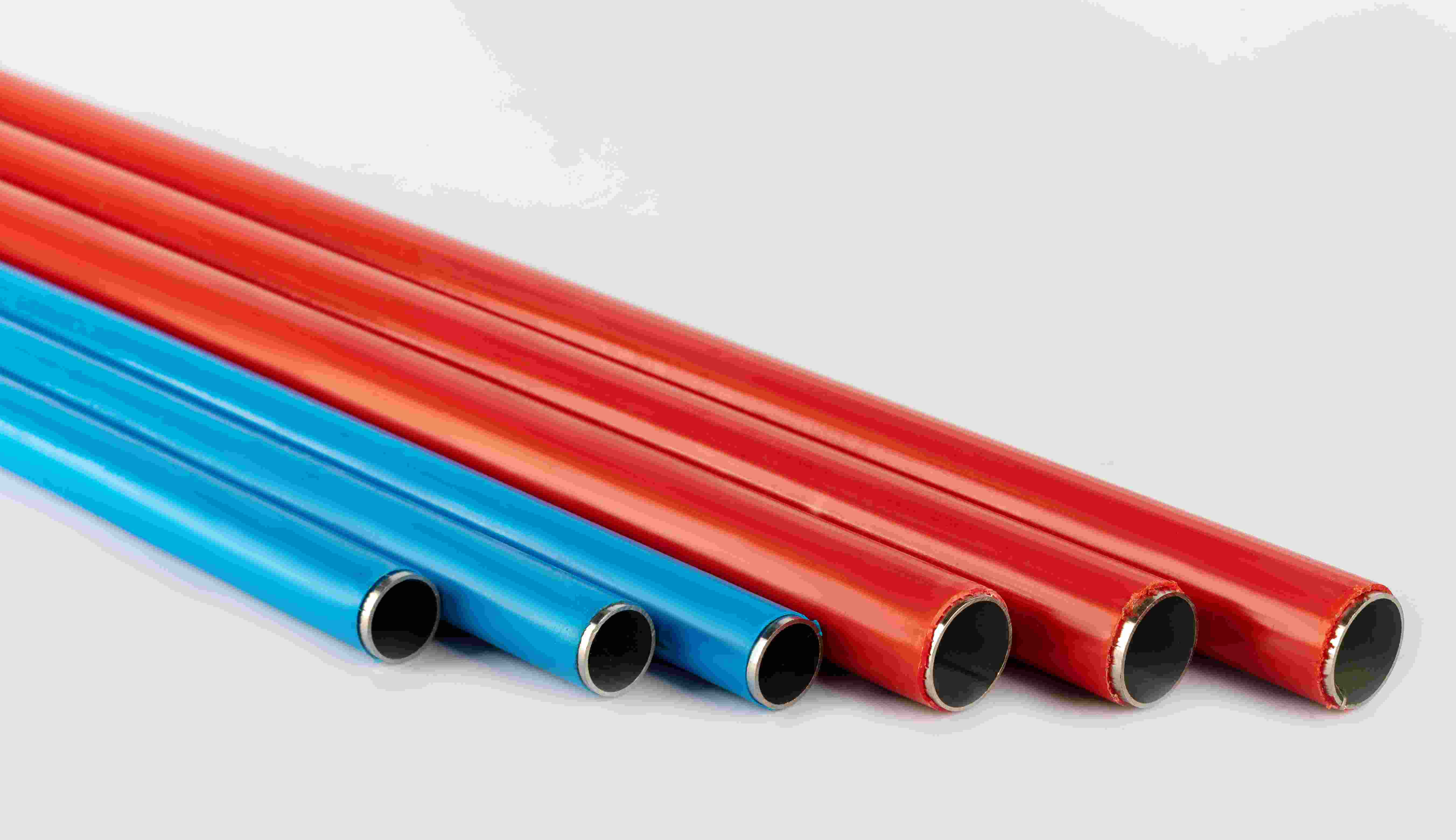
How frequently one conducts regular inspections of stainless steel pipes can significantly influence their susceptibility to rust formation. Establishing a comprehensive inspection schedule is essential for effective routine maintenance.
Regular visual checks and corrosion assessments allow for the early identification of potential issues, enabling timely preventive measures.
To ensure optimal protection against rust, consider the following actions:
Visual Checks: Routinely examine the surface for discoloration, pitting, or other signs of corrosion.
Corrosion Assessment: Utilize specialized tools or techniques, such as ultrasonic testing, to evaluate the integrity of the pipe material.
Documentation: Maintain detailed records of inspections, noting any findings and actions taken. This will help track the condition over time.
Frequency of Inspections: Develop a tailored inspection schedule based on environmental conditions and operational demands, ensuring that pipes in high-risk areas are checked more frequently.
You may also like:
Stainless Steel Tube Test: Essential Methods for Ensuring Reliability and Performance
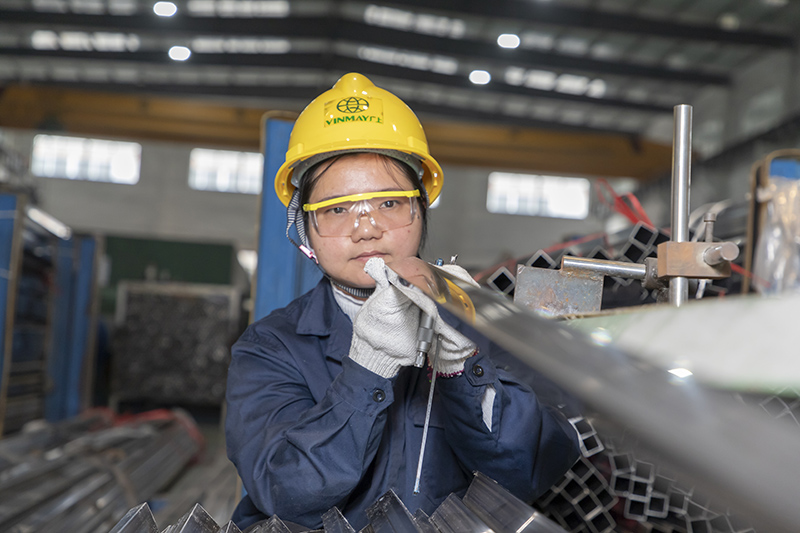
Incorporating rust inhibitors into the maintenance regimen of stainless steel pipes can significantly enhance their resistance to corrosion, complementing regular inspections and proactive measures. Rust prevention techniques, such as the application of effective rust inhibitors, play a crucial role in preserving the integrity of stainless steel structures. These inhibitors work by forming a protective barrier that minimizes exposure to moisture and corrosive agents, thereby reducing the likelihood of rust formation.
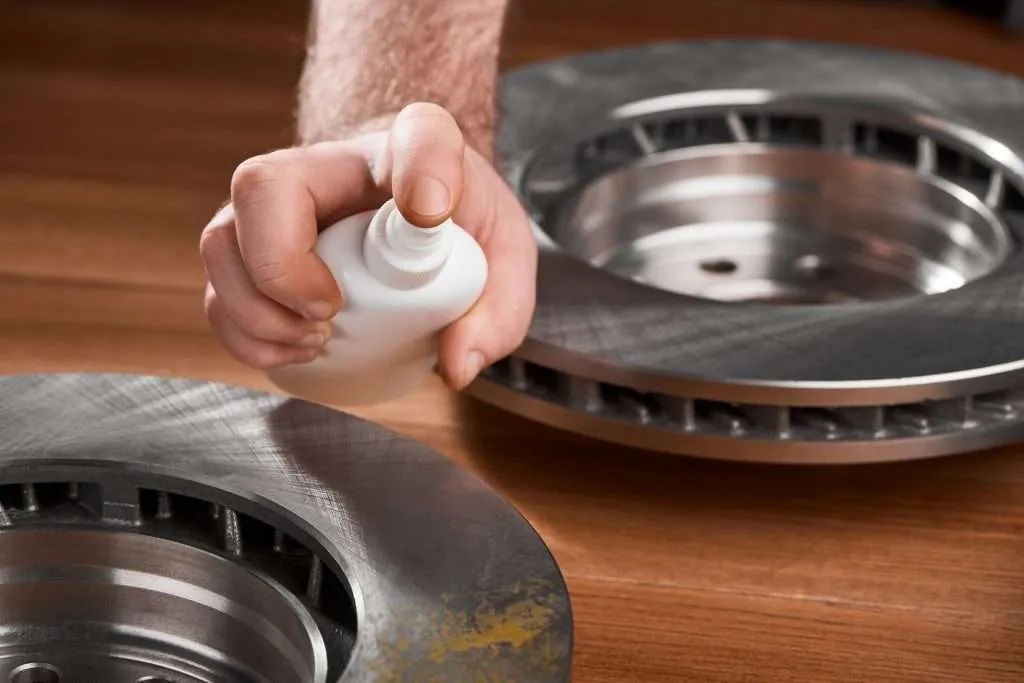
Among the various corrosion resistance methods available, protective coatings stand out for their multifaceted benefits. They not only provide a physical barrier against environmental factors but also contain chemical components that actively inhibit rust development. Selecting the appropriate rust inhibitor is key; options range from organic inhibitors to inorganic compounds, each offering unique advantages based on specific environmental conditions and application requirements.
For optimal stainless steel maintenance, it is essential to integrate these rust inhibitors into routine care practices. By doing so, stakeholders can ensure the longevity and durability of their stainless steel pipes, fostering a community of professionals committed to excellence in material preservation.
Ultimately, investing in rust inhibitors is a proactive strategy that reinforces the resilience of stainless steel against inevitable environmental challenges.
Monitoring environmental conditions is essential for preventing rust on stainless steel pipes, as fluctuations in humidity, temperature, and exposure to corrosive substances can significantly influence the likelihood of corrosion.
To effectively mitigate these risks, consider the following factors:
Humidity Levels: Maintain humidity levels below 60% to reduce the likelihood of moisture accumulation, which can lead to rust formation. Regular monitoring is crucial, especially in coastal or industrial areas.
Temperature Fluctuations: Minimize temperature variations that can lead to condensation on the pipe surface. Insulating pipes may help stabilize temperature and prevent moisture build-up.
Air Quality: Assess the air quality for the presence of corrosive agents such as chlorides or sulfides. Implement air filtration systems if necessary to maintain a cleaner environment.
Moisture Sources: Identify and eliminate moisture sources, including leaks, spills, or high rainfall areas. Proper drainage should be ensured to avert water pooling around the pipes.
Proper storage of stainless steel pipes is crucial to preventing rust, as exposure to moisture and corrosive environments during storage can significantly increase the risk of corrosion.
To ensure the longevity and integrity of these materials, it is essential to establish optimal storage conditions. Implementing effective moisture control measures is paramount; utilizing desiccants can help absorb excess humidity in storage areas.
Temperature regulation is another critical factor; maintaining a consistent temperature prevents condensation, which can lead to rust formation. Protective covers should be employed to shield the pipes from environmental elements, while ensuring that they are breathable to avoid trapping moisture underneath.
Moreover, adopting proper ventilation strategies will facilitate air circulation, further mitigating the risk of corrosion. Storing pipes off the ground on pallets or racks can also enhance airflow and reduce contact with moisture-laden surfaces.
By adhering to these guidelines, individuals and organizations can create a conducive storage environment that significantly reduces the potential for rust and extends the lifespan of stainless steel pipes.
Ultimately, fostering a culture of best practices in storage will resonate within the community, promoting a shared commitment to quality and durability.
Hydrochloric acid, commonly known as muriatic acid, poses a significant risk to stainless steel pipes, as it can initiate and accelerate corrosion processes, leading to premature degradation of the material.
The hydrochloric acid effects include not only surface integrity issues but also a heightened susceptibility to rust and corrosion. Prolonged acid exposure creates localized damage, which compromises the protective chromium oxide layer essential for maintaining stainless steel's durability.
In conclusion, despite stainless steel being lauded for its corrosion resistance, neglecting proper maintenance can lead to rust formation.
Ironically, the very qualities that make stainless steel desirable can be compromised by mechanical abrasion, environmental factors, and inadequate care.
Thus, adherence to preventive measures—such as the use of rust inhibitors, monitoring conditions, and avoiding harmful substances—is essential.
Ultimately, the irony lies in the fact that stainless steel, while inherently resilient, requires diligent attention to remain rust-free.


